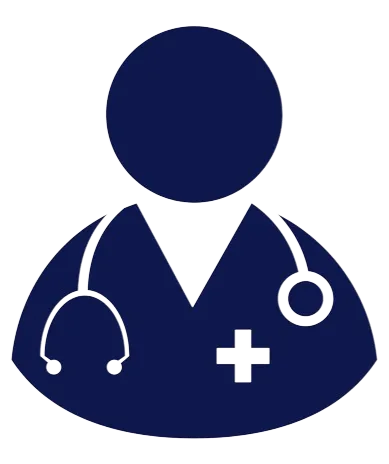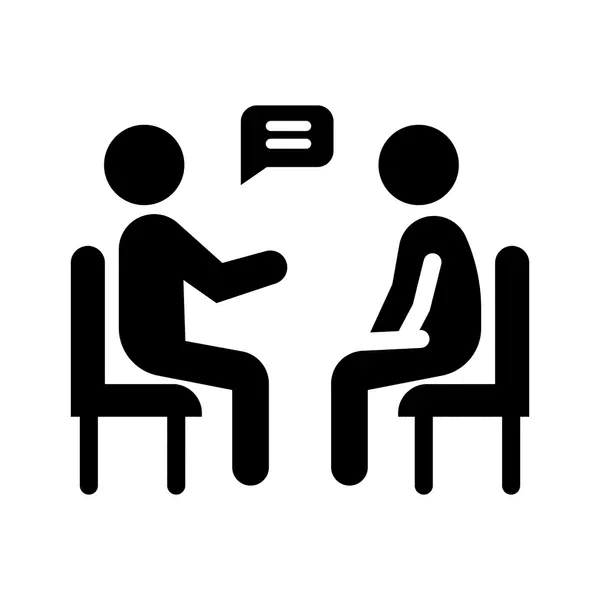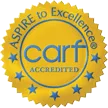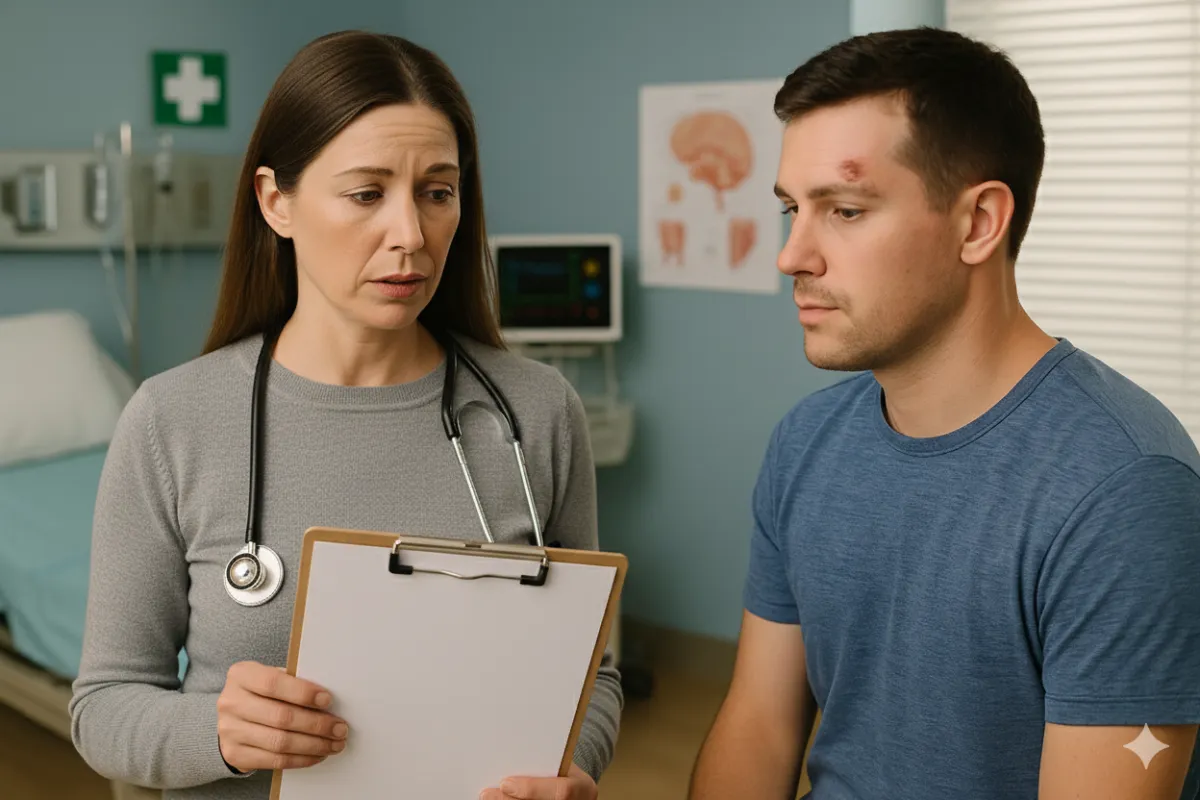
Understanding Concussions and Treatment: A New Era of Recovery
Concussions have long been misunderstood. Once dismissed as “just a bump on the head,” this complex brain injury is now recognized as a critical condition requiring specialized, evidence-based care.
To shed light on what has changed and why that matters, we sat down with Dr. Ted Albrecht, Neuropsychologist and Director of the Sports Medicine and Concussion Program at Convivio Health. In this insightful conversation, Dr. Albrecht explains what actually happens during a concussion, how outdated treatment approaches can delay recovery, and why early, multidisciplinary care is transforming outcomes for patients across all walks of life.
Whether you are a healthcare provider, an employer, or someone recovering from a head injury, this conversation offers a roadmap to understanding concussion care that truly heals.
What Is a Concussion, Really?
Despite the growing awareness around brain injuries, especially in sports and workplace accidents, many people still don’t know what a concussion actually is.
Dr. Albrecht explains that the latest definition from the American Congress of Rehabilitation Medicine describes concussion as a neurological event caused by a force that disrupts brain function. “There’s no universal threshold for concussion,” he notes. “Two people can experience the same impact; one might have a concussion, and the other might not.”
This variability comes down to each person’s unique genetic, medical, and physical makeup. Even factors like neck strength and prior injury history can influence how someone’s brain responds to force.
Common signs may include confusion, dizziness, headache, blurred vision, or memory gaps following the injury. But one major misconception persists: you don’t have to lose consciousness to have a concussion. In fact, only about 10% of concussions involve fainting or blacking out.
“The key,” says Dr. Albrecht, “is identifying whether there was a plausible mechanism of injury and whether symptoms developed in the first 72 hours. That’s enough to diagnose a concussion.”
Why Early Diagnosis Is Everything
The conversation turns to what happens immediately after injury. Too often, concussion care stops at the emergency room door.
“A lot of ERs are focused on life-threatening emergencies,” Dr. Albrecht explains. “If you’re not bleeding or in danger, the typical advice is still: go home and rest, avoid screens, and wait for it to go away.”
The problem? That advice is decades out of date.
Modern research shows that early, specialized evaluation, ideally within 24 to 48 hours, dramatically improves outcomes. Patients who begin treatment quickly not only recover faster but also have a lower risk of long-term symptoms.
Dr. Albrecht and his team at Convivio Health are even working on quality improvement projects to strengthen ER concussion protocols. “We know that the sooner treatment starts, the less likely a patient is to develop prolonged recovery or post-concussive symptoms,” he says.
From “Complete Rest” to “Relative Rest”: A Paradigm Shift
One of the biggest changes in concussion management over the past decade is the move away from complete rest.
“There was a time when patients were told to sit in a dark room for weeks,” says Dr. Albrecht. “We now know that can actually make things worse.”
Instead, experts now recommend “relative rest”, a brief pause from strenuous activity followed by gradual reintroduction of movement and mental stimulation.
Why? Because the brain’s recovery systems, particularly the vestibular (balance) and ocular (visual) networks, need activity to heal. “If we don’t challenge these systems, they can actually decompensate,” he explains. “That’s why patients who stay inactive often feel worse two weeks later than they did after the initial injury.”
At Convivio Health, early rehabilitation focuses on carefully guided exercises that retrain balance, vision, and coordination, avoiding both overprotection and overexertion.
Personalized, Multidisciplinary Concussion Treatment
What happens when a patient finally reaches a concussion specialist?
According to Dr. Albrecht, the process starts with a comprehensive, multi-system evaluation, assessing everything from cognition and balance to eye movement and neck stability. “We don’t just look at symptoms,” he explains. “We identify the specific systems affected so treatment is targeted, not generic.”
This integrated approach is what sets Convivio Health apart. Neuropsychologists, physical therapists, occupational therapists, and physicians collaborate under one roof, ensuring patients receive seamless care without the delay of multiple external referrals.
“If we treat concussion as a physical injury, and it is, we have to rehabilitate it the same way,” says Dr. Albrecht. “You wouldn’t tell someone with a sprained ankle to sit in a chair for three weeks. The brain works the same way; it needs structured activity to get stronger.”
Educating Providers and Stakeholders
In the world of workers’ compensation, concussion recovery often involves multiple stakeholders: patients, employers, case managers, and attending physicians.
Dr. Albrecht emphasizes that provider education is crucial: “If a doctor learned about concussion more than five years ago, their knowledge is already outdated. Science has advanced that fast.”
When collaborating with other physicians, he uses research-backed education and transparent communication to align everyone toward a common goal safe, efficient return to work.
He also coaches therapists not to fear symptom provocation. “We actually need to lean into symptoms,” he says. “The goal isn’t to avoid discomfort; it’s to retrain the system in a controlled way. That’s how we build resilience.”
Guiding Patients Through the Recovery Journey
For patients, the concussion journey can feel confusing and isolating, especially in workers’ comp cases where multiple providers are involved.
Dr. Albrecht addresses this by ensuring each patient leaves with a clear treatment plan, a printed visit summary, and concrete next steps. “Education is everything,” he says. “Patients need to know why they’re seeing me, what we’re treating, and how we’re measuring progress.”
He also encourages patients and families to be discerning about online information. “There’s a lot of misinformation out there. I usually recommend trusted sources like Concussion Alliance or the Convivio Health Sports Medicine Program website, where we share accurate, research-based guidance.”
Concussions Are Recoverable With the Right Care
Perhaps the most important message Dr. Albrecht leaves readers with is one of hope.
“Concussions are recoverable injuries,” he emphasizes. “The vast majority of patients fully recover, especially when treatment starts early and follows the right approach.”
He cautions against lumping concussions together with severe traumatic brain injuries, which can distort perceptions and fuel fear. “Concussion research now stands on its own,” he says. “It’s essential that patients and providers understand the difference, and the incredible potential for recovery.”
Looking ahead, Dr. Albrecht is particularly excited about emerging rehabilitation technologies like virtual reality and interactive gaming that make recovery more engaging. “Why not make therapy fun?” he laughs. “If we can turn recovery into a game, we can improve participation and outcomes.”
The Bottom Line
Concussion care is changing fast, and for the better. The old playbook of isolation and rest has been replaced by an active, multidisciplinary model that prioritizes early assessment, individualized treatment, and collaboration between specialists.
For patients, that means faster, safer recovery.
For providers and employers, it means fewer delays, fewer frustrations, and better outcomes.
As Dr. Albrecht puts it, “It’s about getting people back to life, stronger, safer, and more confident than before.”
About Dr. Ted Albrecht
Dr. Ted Albrecht is a Neuropsychologist and Director of the Sports Medicine and Concussion Program at Convivio Health. With advanced training in concussion management and neuropsychological assessment, Dr. Albrecht has spent his career developing integrated rehabilitation models that combine data-driven evaluation with compassionate, patient-centered care. His work focuses on improving recovery outcomes for athletes, injured workers, and individuals experiencing complex concussion symptoms.
